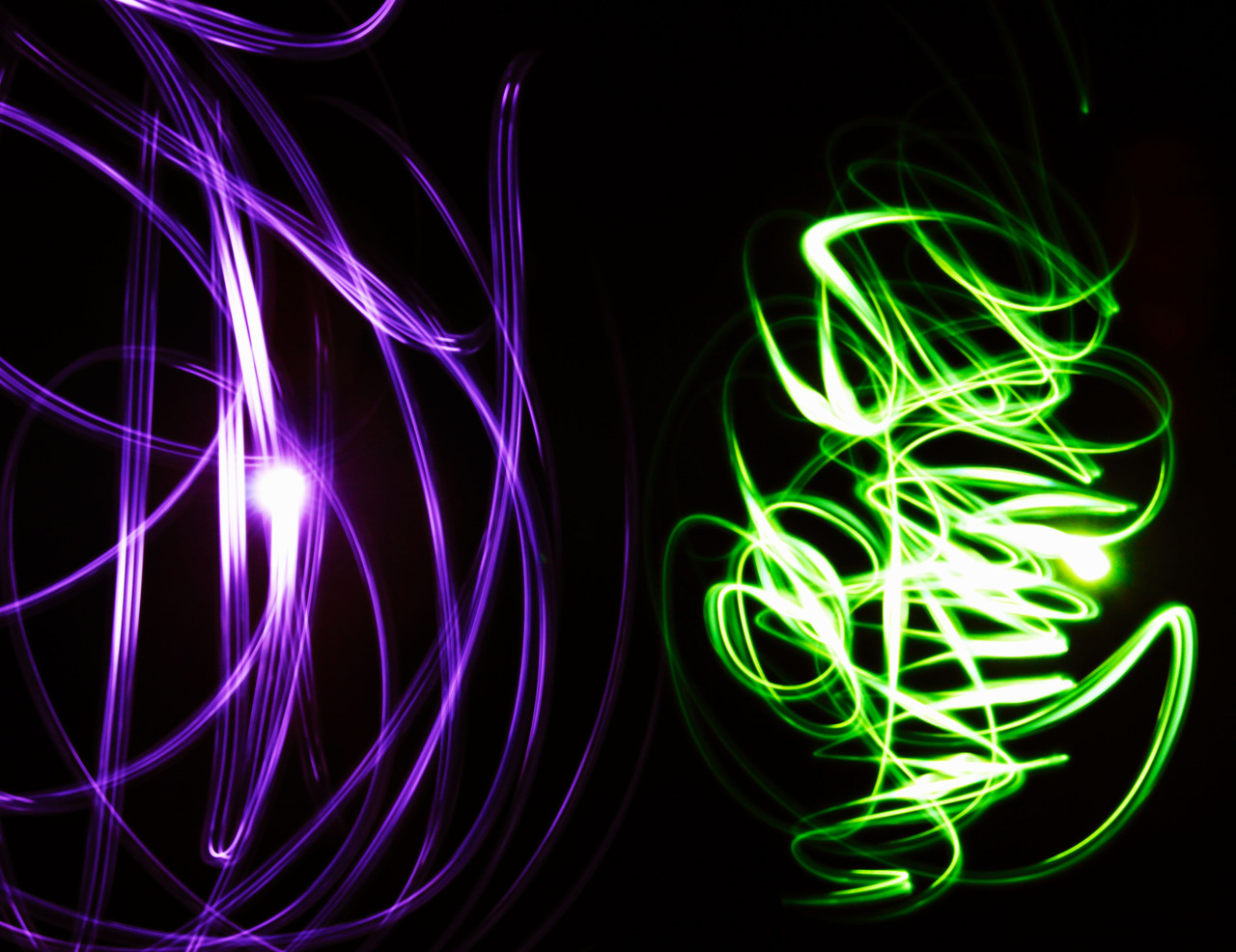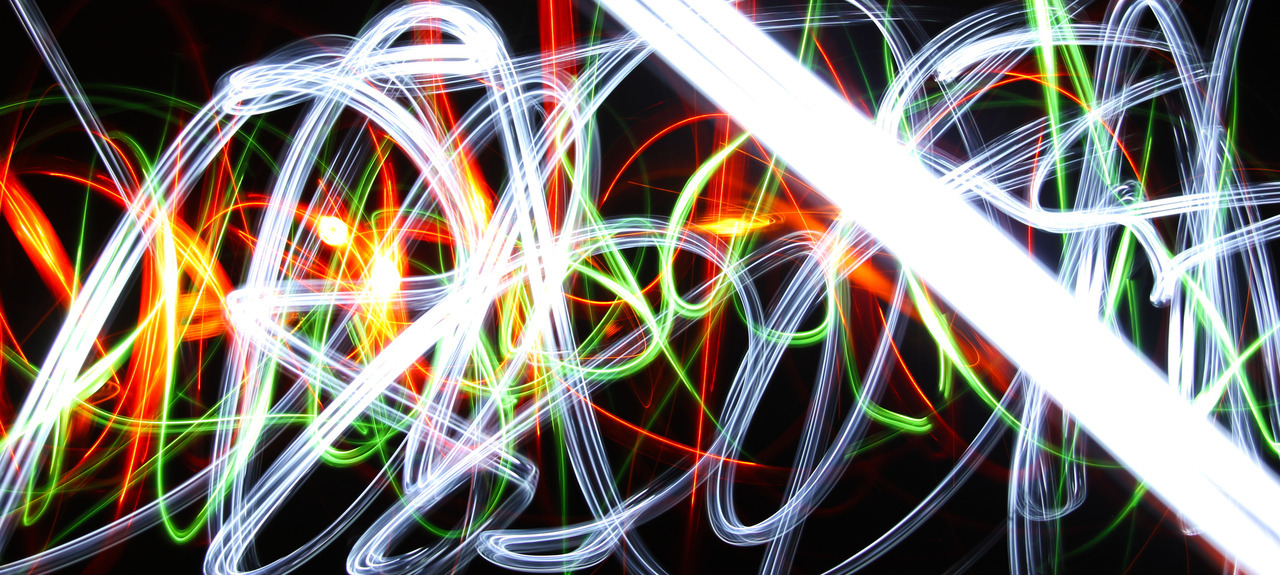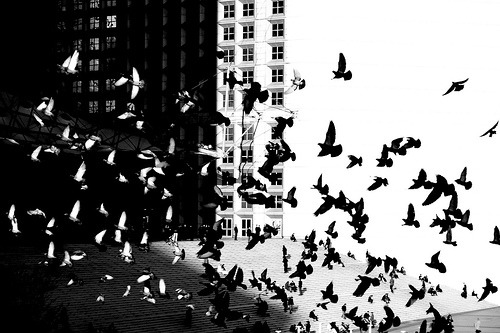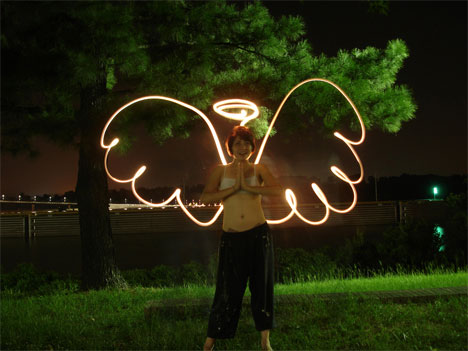(Finding information about exhibitions from 3 different sources)
William Klein and Daido Mariyama Photography Exhibition at Tate Modern.
Description From The Gallery:
Explore modern urban life in New York and Tokyo through the photographs of William Klein and Daido Moriyama. This is the first exhibition to look at the relationship between the work of influential photographer and filmmaker Klein, and that of Moriyama, the most celebrated photographer to emerge from the Japanese Provoke movement of the 1960s.
With work from the 1950s to the present day, the exhibition demonstrates the visual affinity between their urgent, blurred and grainy style of photography and also their shared desire to convey street life and political protest, from anti-war demonstrations and gay pride marches to the effects of globalisation and urban deprivation.
The exhibition also considers the medium and dissemination of photography itself, exploring the central role of the photo-book in avant-garde photography and the pioneering use of graphic design within these publications. As well the issues of Provoke magazine in which Moriyama and his contemporaries showcased their work, the exhibition will include fashion photography from Klein’s work with Vogue and installations relating to his satirical films Mister Freedom and Who Are You Polly Maggoo?
http://www.tate.org.uk/whats-on/tate-modern/exhibition/william-klein-daido-moriyama
Review From Sean O'Hagan (The Guardian):
As you enter the first room of this ambitious exhibition devoted to two pioneers of postwar photography, it is one of William Klein's early films that serves as a deceptively gentle introduction. Made in 1958, Broadway by Light is a homage to colour, light and the now nostalgia-tinged magic of the giant flickering advertisements that throw their dazzle and shimmer on to the rainy sidewalks of midtown Manhattan. It is a playful film, a kind of extended visual jazz riff on the nocturnal cityscape that so entranced the restless young Klein. The film gives little indication of the photographs that follow, which give full expression to Klein's free-form exploration of movement, energy and graininess. That energy is punctuated here and there by the occasional moment of stillness, mostly in his portraits.
The momentum and scattergun vision of Klein's work are, on one level, a preparation for Daido Moriyama's images, which take up the second series of rooms in this maze of an exhibition. But, though the two artists have been brought together by Simon Baker, the Tate's curator of photography, this is essentially two separate exhibitions. The viewer walks though the Klein show into the Moriyama show, and is forced to find connections that might have been more easily made, and dramatically illustrated, if the work of both had been shown side by side.
Moriyama had already extended and subverted Klein's fast-moving approach, often making books where the idea of context – and even subject – was jettisoned in favour of something more impressionistic. Moriyama's cityscapes are realms of the imagination, full of dark suggestion and ominous shadows. On the walls of Tate Modern his work does not work the way it does in his myriad photobooks, which shape – you could even say curtail – his frenetic style into a series of impressionistic diaries. Without the book format the images often seem unmoored. Moriyama's best known book is Farewell Photography, the title of which gives some idea of his radical approach. In it, as Minoru Shimizu notes in his catalogue essay for this show, "grainy, blurry, out-of-focus is a method of annihilation: no meaning, no expression, no sense of the photographer".
Review From Richard Dorment (The Telegraph):
You can see why Tate Modern’s curator of photography thought that staging side-by-side retrospectives of the American photographer William Klein and his Japanese contemporary Daido Moriyama might be a good idea. Both are powerful artistic personalities fascinated by the throbbing, shifting spectacle of street life in big cities; both work mainly in black and white; and both embrace a no-frills realist aesthetic. But, for all their obvious similarities, this back-to-back presentation only succeeds in highlighting their differences. That would be no bad thing, except that Moriyama suffers by being shown after Klein.
http://www.telegraph.co.uk/culture/art/art-reviews/9594623/Klein-and-Moriyama-Tate-Modern-review.html










